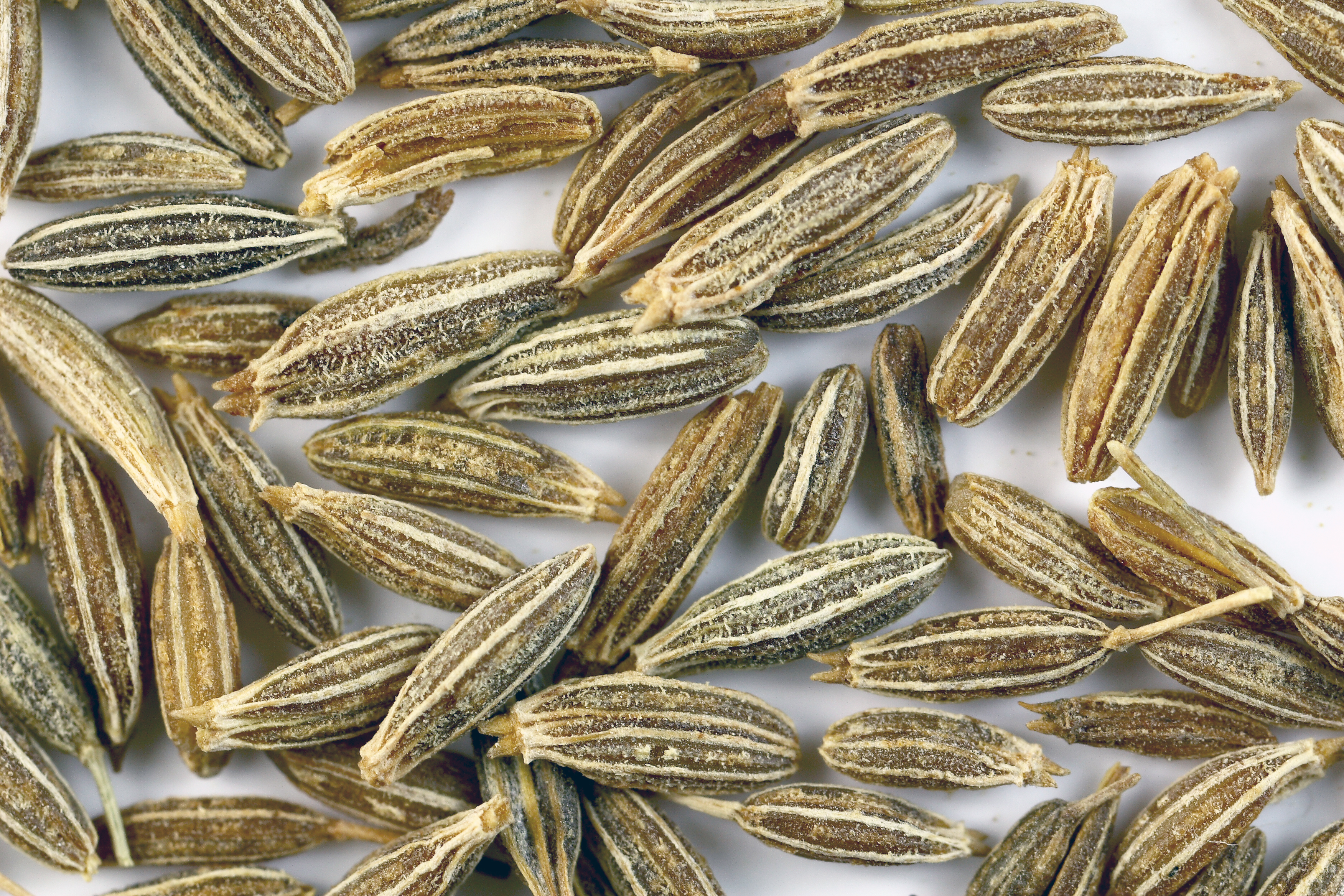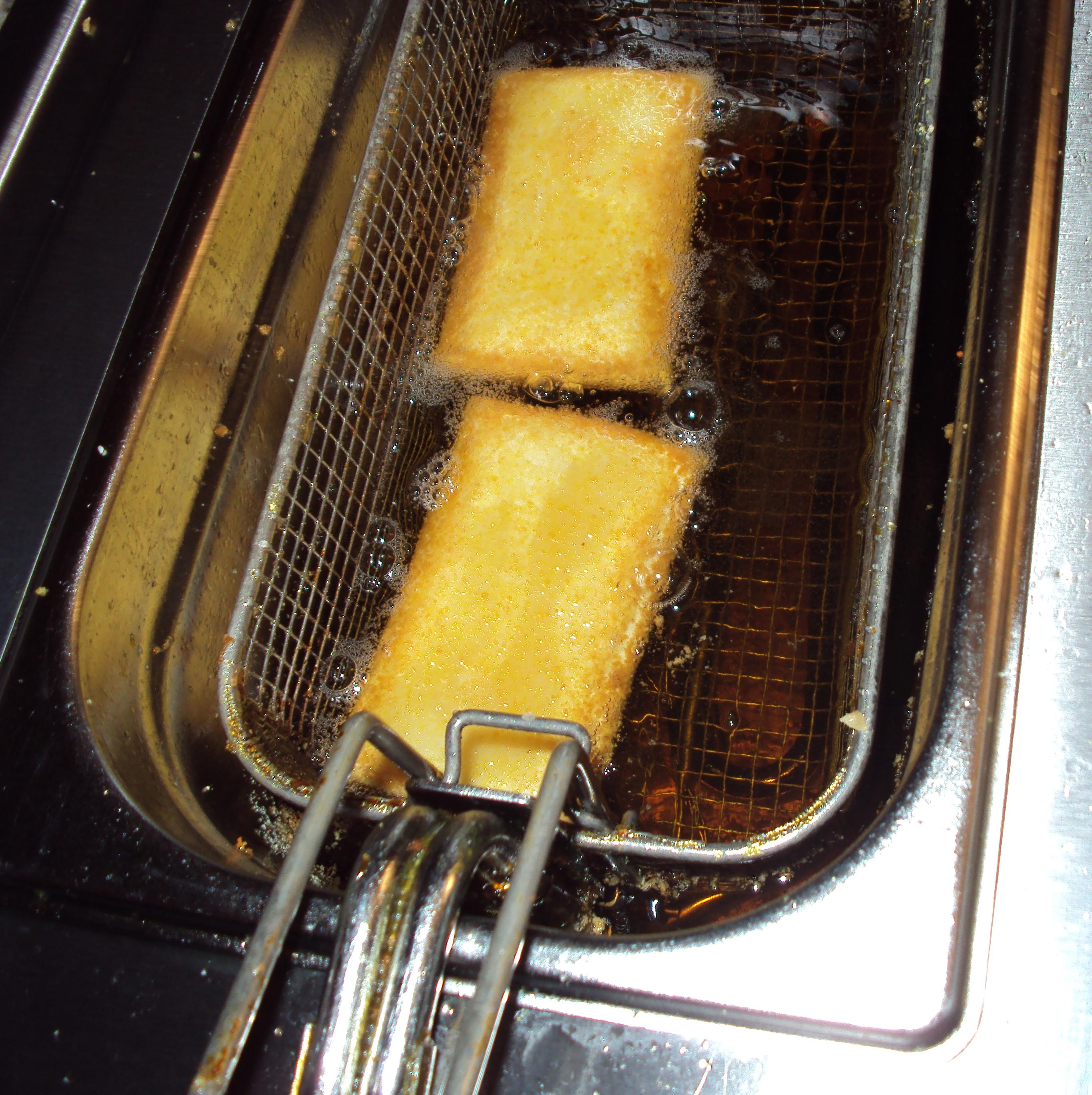|
Dahi Vada
Dahi vada is a type of ''chaat'' (snack) originating from the Indian state of Karnataka. It is prepared by soaking vadas (fried lentil balls) in thick dahi (yogurt). Names Dahi vada is also known as "dahi vade" () in Marathi, ''dahi barey/dahi balley'' () in Urdu, ''dahi vada'' () in Hindi, ''dahi bhalla'' () in Punjabi, ''thayir vadai'' in Tamil, ''thairu vada'' in Malayalam, ''perugu vada'' in Telugu, ''mosaru vade'' in Kannada, ''dahi bara'' (ଦହି ବରା) in Odia and ''doi bora'' (দই বড়া) in Bengali. History A recipe for dahi wada (as ''kshiravata'') is mentioned in ''Manasollasa'', a 12th-century Sanskrit encyclopedia compiled by Someshvara III, who ruled from present-day Karnataka. Descriptions of dahi vada also appear in literature from 500 BCE. Today, dahi vada is prepared on festival such as Holi. Preparation Washed urad lentils are soaked overnight and ground into a batter for the vada, then cooked in hot oil. The hot deep-fried vadas are ... [...More Info...] [...Related Items...] OR: [Wikipedia] [Google] [Baidu] |
India
India, officially the Republic of India (Hindi: ), is a country in South Asia. It is the seventh-largest country by area, the second-most populous country, and the most populous democracy in the world. Bounded by the Indian Ocean on the south, the Arabian Sea on the southwest, and the Bay of Bengal on the southeast, it shares land borders with Pakistan to the west; China, Nepal, and Bhutan to the north; and Bangladesh and Myanmar to the east. In the Indian Ocean, India is in the vicinity of Sri Lanka and the Maldives; its Andaman and Nicobar Islands share a maritime border with Thailand, Myanmar, and Indonesia. Modern humans arrived on the Indian subcontinent from Africa no later than 55,000 years ago., "Y-Chromosome and Mt-DNA data support the colonization of South Asia by modern humans originating in Africa. ... Coalescence dates for most non-European populations average to between 73–55 ka.", "Modern human beings—''Homo sapiens''—originated in Africa. Then, int ... [...More Info...] [...Related Items...] OR: [Wikipedia] [Google] [Baidu] |
Odia Language
Odia (, ISO: , ; formerly rendered Oriya ) is an Indo-Aryan language spoken in the Indian state of Odisha. It is the official language in Odisha (formerly rendered Orissa), where native speakers make up 82% of the population, and it is also spoken in parts of West Bengal, Jharkhand, Andhra Pradesh and Chhattisgarh. Odia is one of the many official languages of India; it is the official language of Odisha and the second official language of Jharkhand. The language is also spoken by a sizeable population of 700,000 people in Chhattisgarh. Odia is the sixth Indian language to be designated a classical language, on the basis of having a long literary history and not having borrowed extensively from other languages. The earliest known inscription in Odia dates back to the 10th century CE. History Odia is an Eastern Indo-Aryan language belonging to the Indo-Aryan language family. It descends from Odra Prakrit, which evolved from Magadhi Prakrit, which was spoken in east India ... [...More Info...] [...Related Items...] OR: [Wikipedia] [Google] [Baidu] |
Coconut
The coconut tree (''Cocos nucifera'') is a member of the palm tree family ( Arecaceae) and the only living species of the genus ''Cocos''. The term "coconut" (or the archaic "cocoanut") can refer to the whole coconut palm, the seed, or the fruit, which botanically is a drupe, not a nut. The name comes from the old Portuguese word '' coco'', meaning "head" or "skull", after the three indentations on the coconut shell that resemble facial features. They are ubiquitous in coastal tropical regions and are a cultural icon of the tropics. The coconut tree provides food, fuel, cosmetics, folk medicine and building materials, among many other uses. The inner flesh of the mature seed, as well as the coconut milk extracted from it, form a regular part of the diets of many people in the tropics and subtropics. Coconuts are distinct from other fruits because their endosperm contains a large quantity of clear liquid, called ''coconut water'' or ''coconut juice''. Mature, ripe coconut ... [...More Info...] [...Related Items...] OR: [Wikipedia] [Google] [Baidu] |
Cumin
Cumin ( or , or Article title ) (''Cuminum cyminum'') is a in the , native to the . Its seeds – each one contained within a fruit, which is dried – are used in the |
Chaat Masala
Chaat masala, also spelled chat masala, is a powder spice mix, or masala, originating from South Asia, typically used to add flavor to chaat. It typically consists of amchoor (dried mango powder), cumin, coriander, dried ginger, salt (often black salt), black pepper, asafoetida, and chili powder. Garam masala is optional. Uses Beyond its use in preparing chaat, chaat masala finds uses in Indian fruit salads made with papaya, sapodilla, apples and bananas. Chaat masala is also sprinkled on potatoes, fruit, egg toasts and regular salads in India. Spice brands market an alternate spice mix called fruit chaat masala, which contains less cumin, coriander, and ginger, but more of chili pepper, black salt, amchoor and asafoetida. Street vendors usually mix their own chaat masala, which is sprinkled on chopped-up fruit or fresh vegetables (such as raw white radish The radish (''Raphanus raphanistrum'' subsp. ''sativus'') is an Eating, edible root vegetable of the family Brassicaceae ... [...More Info...] [...Related Items...] OR: [Wikipedia] [Google] [Baidu] |
Black Pepper
Black pepper (''Piper nigrum'') is a flowering vine in the family Piperaceae, cultivated for its fruit, known as a peppercorn, which is usually dried and used as a spice and seasoning. The fruit is a drupe (stonefruit) which is about in diameter (fresh and fully mature), dark red, and contains a stone which encloses a single pepper seed. Peppercorns and the ground pepper derived from them may be described simply as ''pepper'', or more precisely as ''black pepper'' (cooked and dried unripe fruit), ''green pepper'' (dried unripe fruit), or ''white pepper'' (ripe fruit seeds). Black pepper is native to the Malabar Coast of India, and the Malabar pepper is extensively cultivated there and in other tropical regions. Ground, dried, and cooked peppercorns have been used since antiquity, both for flavour and as a traditional medicine. Black pepper is the world's most traded spice, and is one of the most common spices added to cuisines around the world. Its spiciness is due to the ch ... [...More Info...] [...Related Items...] OR: [Wikipedia] [Google] [Baidu] |
Chili Powder
Chili powder (also spelled chile, chilli, or, alternatively, powdered chili) is the dried, pulverized fruit of one or more varieties of chili pepper, sometimes with the addition of other spices (in which case it is also sometimes known as chili powder blend or chili seasoning mix). It is used as a spice (or spice blend) to add pungency (piquancy) and flavor to culinary dishes. In American English, the spelling is usually "chili"; in British English, "chilli" (with two "l"s) is used consistently. Chili powder is used in many different cuisines, including American (particularly Tex-Mex), Chinese, Indian, Bangladeshi, Korean, Mexican, Portuguese, and Thai. A chili powder blend is the primary flavor in American chili con carne. Varieties Chili powder is sometimes known by the specific type of chili pepper used. Varieties of chili peppers used to make chili powder include Aleppo, ancho, cayenne, chipotle, chile de árbol, jalapeño, New Mexico, pasilla, and piri piri chili peppers ... [...More Info...] [...Related Items...] OR: [Wikipedia] [Google] [Baidu] |
Mentha
''Mentha'' (also known as mint, from Greek , Linear B ''mi-ta'') is a genus of plants in the family Lamiaceae (mint family). The exact distinction between species is unclear; it is estimated that 13 to 24 species exist. Hybridization occurs naturally where some species' ranges overlap. Many hybrids and cultivars are known. The genus has a subcosmopolitan distribution across Europe, Africa - (Southern Africa), Asia, Australia - Oceania, North America and South America. Its species can be found in many environments, but most grow best in wet environments and moist soils. Description Mints are aromatic, almost exclusively perennial herbs. They have wide-spreading underground and overground stolons and erect, square, branched stems. Mints will grow 10–120 cm (4–48 inches) tall and can spread over an indeterminate area. Due to their tendency to spread unchecked, some mints are considered invasive. The leaves are arranged in opposite pairs, from oblong to lanceol ... [...More Info...] [...Related Items...] OR: [Wikipedia] [Google] [Baidu] |
Coriander
Coriander (;coriander in the Cambridge English Pronouncing Dictionary ''Coriandrum sativum'') is an herb in the family . It is also known as Chinese parsley, dhania, or cilantro (). [...More Info...] [...Related Items...] OR: [Wikipedia] [Google] [Baidu] |
Deep Frying
Deep frying (also referred to as deep fat frying) is a cooking method in which food is submerged in hot fat, traditionally lard but today most commonly oil, as opposed to the shallow oil used in conventional frying done in a frying pan. Normally, a deep fryer or chip pan is used for this; industrially, a pressure fryer or vacuum fryer may be used. Deep frying may also be performed using oil that is heated in a pot. Deep frying is classified as a hot-fat cooking method. Typically, deep frying foods cook quickly: all sides of the food are cooked simultaneously as oil has a high rate of heat conduction. The term "deep frying" and many modern deep-fried foods were not invented until the 19th century, but the practice has been around for millennia. Early records and cookbooks suggest that the practice began in certain European countries before other countries adopted the practice. Deep frying is popular worldwide, with deep-fried foods accounting for a large portion of global cal ... [...More Info...] [...Related Items...] OR: [Wikipedia] [Google] [Baidu] |
Holi
Holi (), also known as the Festival of Colours, the Festival of Spring, and the Festival of Love,The New Oxford Dictionary of English (1998) p. 874 "Holi /'həʊli:/ noun a Hindu spring festival ...". is an ancient Hindu religious festival and one of the most popular festivals in Hinduism. It celebrates the eternal and divine love of Radha Krishna. The day also signifies the triumph of good over evil, as it commemorates the victory of Lord Vishnu as Narasimha Narayana over Hiranyakashipu. It originated and is predominantly celebrated in the Indian subcontinent but has also spread to other regions of Asia and parts of the Western world through the Indian diaspora.Ebeling, Karin (10), Holi, an Indian Festival, and its Reflection in English Media; Die Ordnung des Standard und die Differenzierung der Diskurse: Akten des 41. Linguistischen Kolloquiums in Mannheim 2006, 1, 107, [...More Info...] [...Related Items...] OR: [Wikipedia] [Google] [Baidu] |
Someshvara III
Someshvara III (; ) was a Western Chalukya king (also known as the Kalyani Chalukyas), the son and successor of Vikramaditya VI. He ascended the throne of the Western Chalukya Kingdom in 1126 CE, or 1127 CE. Someshvara III, the third king in this dynasty named after the Hindu god Shiva made numerous land grants to cause of Shaivism and its monastic scholarship. These monasteries in the Indian peninsula became centers of the study of the Vedas and Hindu philosophies such as the Nyaya school. Someshvara III died in 1138 CE, and succeeded by his son Jagadekamalla. Someshvara was a noted historian, scholar, and poet.A Textbook of Historiography, 500 B.C. to A.D. 2000 by E. Sreedharan, p.328-329, Orient Blackswan, (2004) He authored the Sanskrit encyclopedic text ''Manasollasa'' touching upon such topics as polity, governance, astronomy, astrology, rhetoric, medicine, food, architecture, painting, poetry, dance and music – making his work a valuable modern source of socio-cultur ... [...More Info...] [...Related Items...] OR: [Wikipedia] [Google] [Baidu] |








